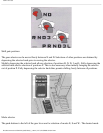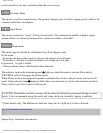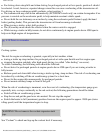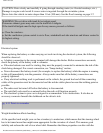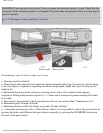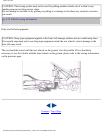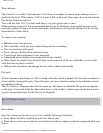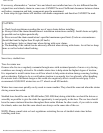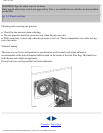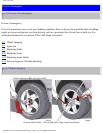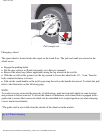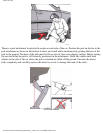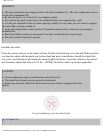
1994 Volvo 850
Wear indicator
The tires have a so-called "wear indicator" in the form of a number of narrow strips running across or
parallel to the tread. When approx. 1/16" (1.6 mm) is left on the tread, these strips show up and indicate
that the tire should be replaced.
Tires with less than 1/16" (1.6 mm) tread have a very poor grip in rain or snow.
When replacing worn tires, it is recommended that the tire be identical in type (radial) and size as the
one being replaced. Using a tire of the same make (manufacturer) will prevent alteration of the driving
characteristics of the vehicle.
To improve tire economy:
● Maintain correct tire pressure.
● Drive smoothly: avoid fast starts, hard braking and tire screeching.
● Tire wear increases with speed.
● Do not change wheel location unless necessary.
● Correct front wheel alignment is very important.
● Unbalanced wheels impair tire economy and driving comfort.
● If the wheels are rotated, they should be kept on the same side of the car so that they revolve in the
same direction as prior to rotation.
● Hitting curbs or potholes can damage the tires and/or wheels permanently.
Flat spots
All tires become warm during use. After cooling, when the vehicle is parked, the tires have a tendency to
distort slightly, forming flat spots. These flat spots can cause vibrations similar to the vibrations caused
by imbalanced wheels.
They do, however, disappear when the tire warms up. The degree to which the flat spots form depends
on the type of cord used in the tire. Remember that, in cold weather, it takes longer for the tire to warm
up and consequently longer for the flat spot to disappear.
pg. 5:3 Wheels and tires
Snow chains
Snow tire chains can be used on your Volvo with the following restrictions:
● Snow chains should be installed on your front wheels only.
● Snow chains can be used on the tires and wheels provided as original production equipment with your
Volvo.
file:///K|/ownersdocs/1994/1994_850/94850_5_1.html (2 of 5)12/30/2006 9:48:43 AM



